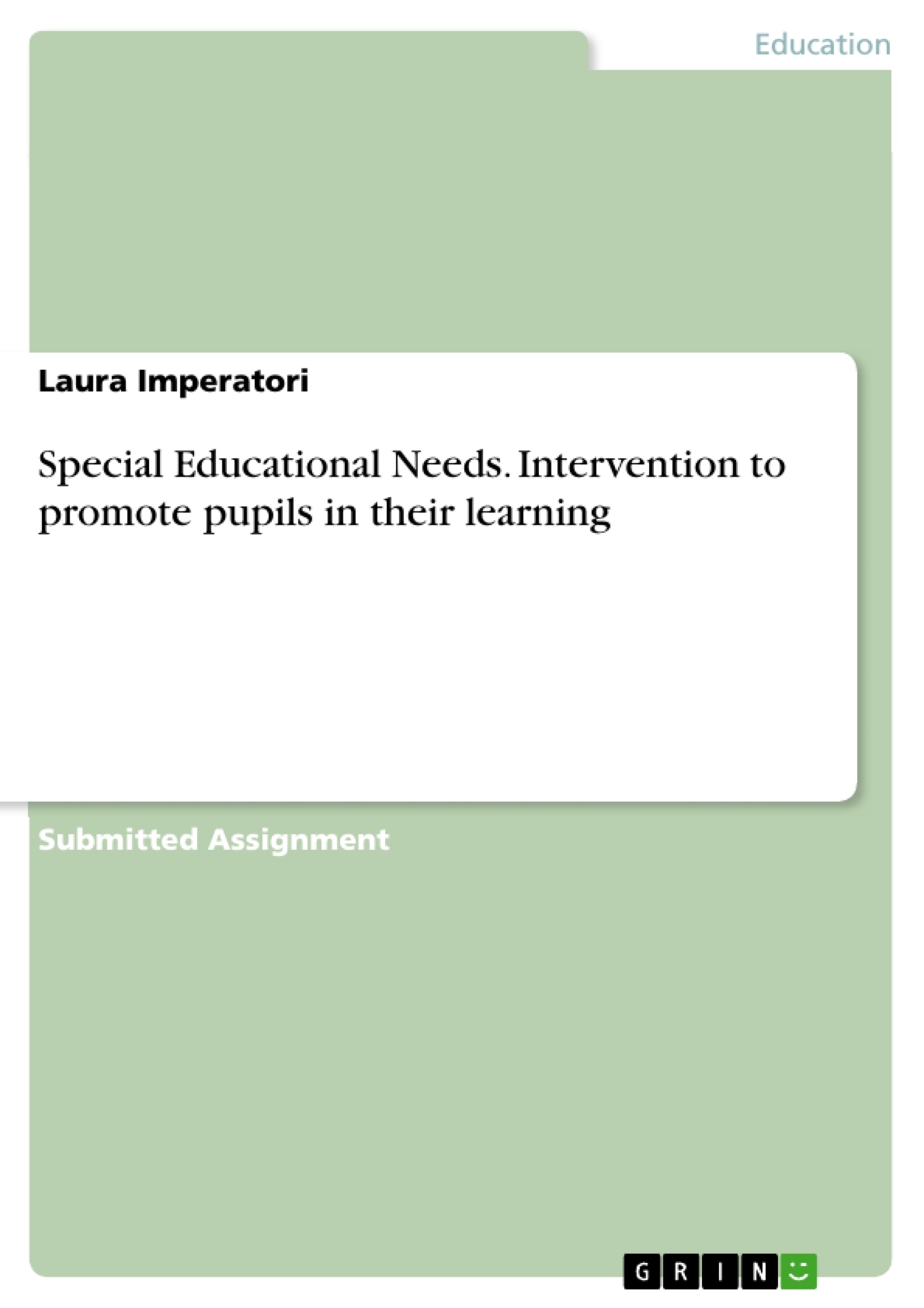Special Educational Needs are a very wide range of different additional needs of learners that teachers need to address in an inclusive school. In this study, we are focusing on one gifted and able pupil that most likely suffers from dysphonetic dyslexia, a special subtype of dyslexia. Currently, he has not got an educational statement for secondary school; however, he was classified as SEN in Primary School. Furthermore, his understanding of Science is significantly greater than his spelling abilities are.
Every individual has different learning strengths and weaknesses; however, some have more exceptional abilities for or more barriers to learning. Learners can also be 'twice exceptional', such as the individual chosen for this intervention. He is a gifted Y7 Science pupil with dyslexic tendencies. Based on my baseline assessment, he fits most closely into the dysphonetic dyslexia subgroup.
The depicted intervention was based on identifying his strengths and weaknesses and aimed to develop his literacy skills, especially his phonological awareness, as well as his interest and understanding of science simultaneously. The effectiveness of the intervention was assessed using a Before-and-After comparison of a written summary.
In the final assessment, the pupil made fewer spelling mistakes and was more able to correct them independently. More precisely, the literacy error ratio, as calculated by dividing the number of erroneous words by the total number of words, improved from 15.78% to 9.46%. Moreover, the overall structure of his summary was better organised, using the DEFENDS method he was taught.
Inhaltsverzeichnis (Table of Contents)
- Introduction
- Dyslexia
- Dyslexia subtypes
- Dyslexia in the classroom
- Giftedness/Ability
- Gifted and learning disabled
- Diagnosis challenges
- Method and Rationale
- The importance of phonological abilities
- Promoting interest in Science
- Intervention Timeline
- Baseline Assessment
- Assessing the pupil’s awareness of implications of dyslexia
- Increasing phonological awareness
- Spelling exercises
- Promoting his self-efficacy
- Teaching DEFENDS strategy for improved written expression & Final assessment
- Results
- Future Steps
- Discussion
- Before-After-comparison
- Challenging timings of sessions
- Potential diagnosis through administration of Boder test
- Methodology of the test
- Potential disadvantages
- Building more strongly on his creative skills
- Impact on Teaching Practice
- Verbal rather than written explanation
- Marking of work
- Handwriting
- In the classroom
- Conclusions
Zielsetzung und Themenschwerpunkte (Objectives and Key Themes)
This paper details the intervention implemented to improve the literacy skills of a gifted Year 7 student who struggles with dyslexia. The study focuses on identifying the student's specific needs, particularly in the area of phonological awareness, and promoting his strengths while addressing his weaknesses. The intervention aims to increase the student's self-efficacy and equip him with effective strategies for organized writing.
- The multifaceted nature of learning disabilities and the challenge of identifying "twice-exceptional" students who are both gifted and learning disabled.
- The importance of phonological awareness in developing literacy skills and its significance in addressing dyslexia.
- The effectiveness of targeted interventions that address specific learning needs and promote student self-efficacy.
- The impact of incorporating a strengths-based approach to teaching and learning.
- The importance of ongoing support and personalized learning strategies for students with dyslexia.
Zusammenfassung der Kapitel (Chapter Summaries)
The paper begins by introducing the concept of dyslexia and its subtypes, highlighting the prevalence of gifted learners with learning disabilities. The study focuses on a Year 7 student who exhibits characteristics consistent with dysphonetic dyslexia, displaying strengths in Science but weaknesses in spelling and writing.
The "Method and Rationale" section outlines the intervention plan, emphasizing the identification of the student's strengths and weaknesses and the use of targeted strategies to address them. The intervention utilizes various techniques, including Davis reading techniques, phonological awareness exercises, and the DEFENDS strategy for written organization. The intervention timeline is meticulously detailed, providing a step-by-step account of each session. The "Results" section analyzes the student's progress through a before-and-after comparison of his writing abilities. The student's spelling accuracy and overall writing organization improve after the intervention.
The "Discussion" section reflects on the strengths and limitations of the intervention, acknowledging the challenges of working with a "twice-exceptional" student. It also explores the potential application of the Boder Test of Reading-Spelling Patterns for a more comprehensive assessment. The "Impact on Teaching Practice" section emphasizes the importance of incorporating strategies like verbal explanations, differentiated marking, and visual aids to effectively support students with dyslexia.
Schlüsselwörter (Keywords)
This study explores the multifaceted nature of special educational needs (SEN), focusing on dyslexia, particularly the dysphonetic subtype. The research highlights the importance of individualised interventions and the benefits of a strengths-based approach for promoting self-efficacy and improving learning outcomes for students with dyslexia. Key themes include phonological awareness, writing organisation strategies, and the DEFENDS method. The study also underscores the challenges of identifying and supporting "twice-exceptional" students who are both gifted and learning disabled.
- Quote paper
- Laura Imperatori (Author), 2016, Special Educational Needs. Intervention to promote pupils in their learning, Munich, GRIN Verlag, https://www.hausarbeiten.de/document/341961


